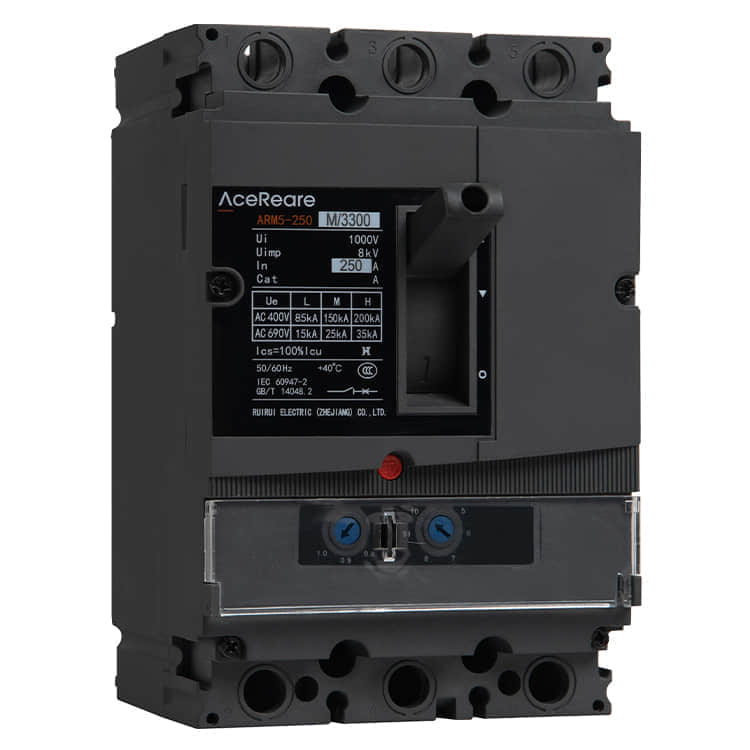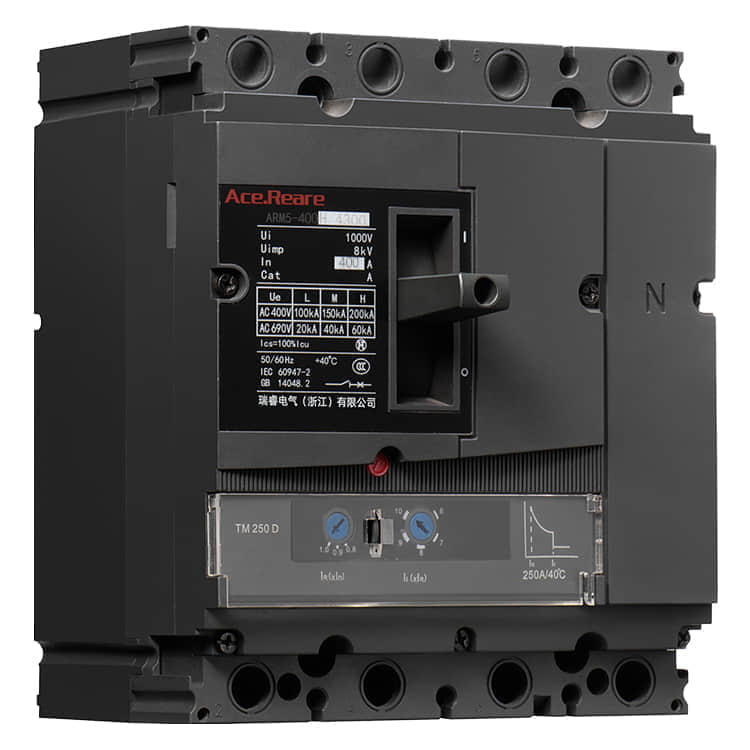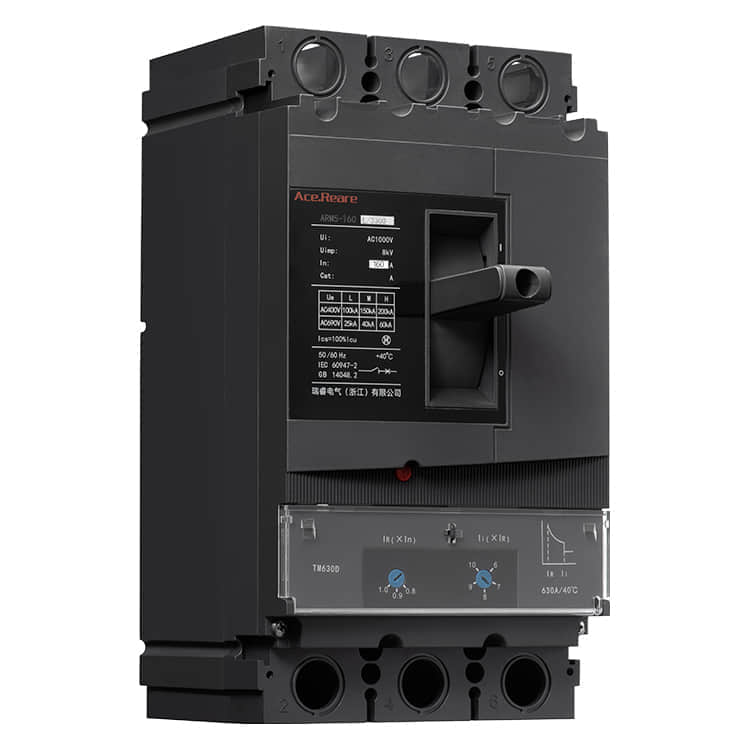Introduction

In the realm of electrical engineering, safety and efficiency stand as paramount concerns. As technology continues to evolve, so too does the equipment that ensures the smooth operation of electrical systems. One such innovation that has gained significant traction is the double-breaker moulded case circuit breaker (MCCB). This article delves into the intricacies of this advanced electrical component, highlighting its features, benefits, and applications.

The Evolution of Circuit Breakers Circuit breakers have come a long way since their inception. From traditional fuses to modern MCCBs, the journey has been marked by improvements in performance, reliability, and functionality. The emergence of MCCBs with a double-breaker configuration represents a remarkable milestone in this evolution. Features and Design A double-breaker MCCB, as the name suggests, incorporates two separate sets of contacts for breaking the circuit. This innovative design provides enhanced safety and efficiency benefits. In standard MCCBs, a single set of contacts is responsible for interrupting the current flow, which can lead to faster wear and reduced operational lifespan. However, the introduction of dual contacts in a double-breaker MCCB significantly mitigates these concerns. The load is distributed between the two sets of contacts, reducing the stress on each and leading to prolonged operational life. Benefits in Safety Safety remains the paramount consideration in any electrical system. Double-breaker MCCBs excel in this aspect by introducing redundancy in the interruption mechanism. In the event that one set of contacts malfunctions or fails to break the circuit, the second set serves as a backup, preventing potential hazards such as electrical fires and equipment damage. This dual-breaking feature provides an added layer of protection, particularly in critical applications where even a momentary interruption could have severe consequences. Enhanced Performance The design of a double-breaker MCCB not only contributes to its safety but also enhances its overall performance. The distribution of current interruption between two sets of contacts reduces the heat generated during operation, thereby minimizing thermal stress on the components. This results in improved reliability and reduced maintenance requirements, translating to cost savings and increased system uptime. Applications Double-breaker MCCBs find applications in a wide range of industries and scenarios. Their robust design and advanced safety features make them suitable for critical infrastructure, manufacturing facilities, data centers, and commercial buildings. In industrial settings, where large machinery and high electrical loads are common, the dual-breaking mechanism ensures that operations continue without unnecessary interruptions. Furthermore, the ability of double-breaker MCCBs to withstand and interrupt higher fault currents makes them valuable assets in power distribution networks. Their capacity to handle increased fault levels without compromising performance makes them an integral part of modern grid systems. Conclusion The double-breaker moulded case circuit breaker represents a significant advancement in electrical engineering, addressing concerns related to safety, reliability, and performance. With its innovative design and dual-breaking mechanism, it stands as a testament to the ongoing efforts to improve electrical equipment. As technology continues to evolve, the application of double-breaker MCCBs is poised to expand further, contributing to the seamless operation of diverse industries and critical infrastructure around the world.
